When it comes to the classic, everyday English teapot, the Brown Betty is pretty much the gold standard.
The teapot dates back to 1695 when it was first produced in Stoke-on-Trent, Staffordshire, the UK's pottery capital (in the 1700s, illustrious names like Spode and Wedgwood set up business here; in fact, Josiah Spode is credited with creating British bone china by adding bone ash to his clay, making it stronger and giving it its fine translucence). Although less highbrow than its illustrious neighbors, Cauldron Ceramics is still making the ubiquitous Brown Betty teapot today from the local red-tinged clay. In the mid-1900s, when tea drinking was in its heyday, the original unglazed pot took on a rounder shape and a Rockingham red glaze, and has maintained its form ever since.
N.B.: To make sure you have an original, check for the "Made in England" stamp.
Above: Brown Betty with Staffordshire logo; $21.63 from the English Tea Store.
Above: The Brown Betty's round form allows the leaves to swirl and steep properly; $21.73 from the English Tea Store.
Above: The inner rim of the lid shows the unglazed red clay. The Brown Betty pots are known for their non-drip spouts. Image via the English Tea Store.
Above: Our preferred everyday brew: Yorkshire Gold by Taylors of Harrogate: $16.98 for 160 tea bags from Amazon.




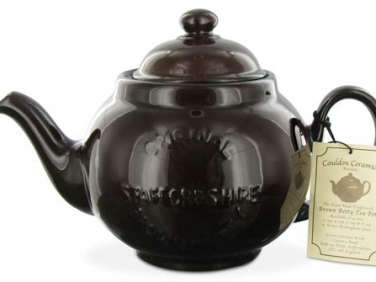
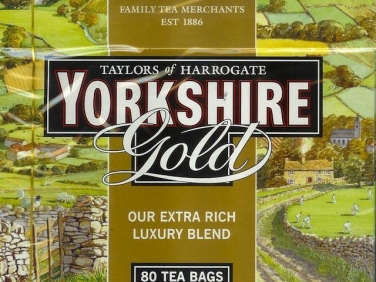
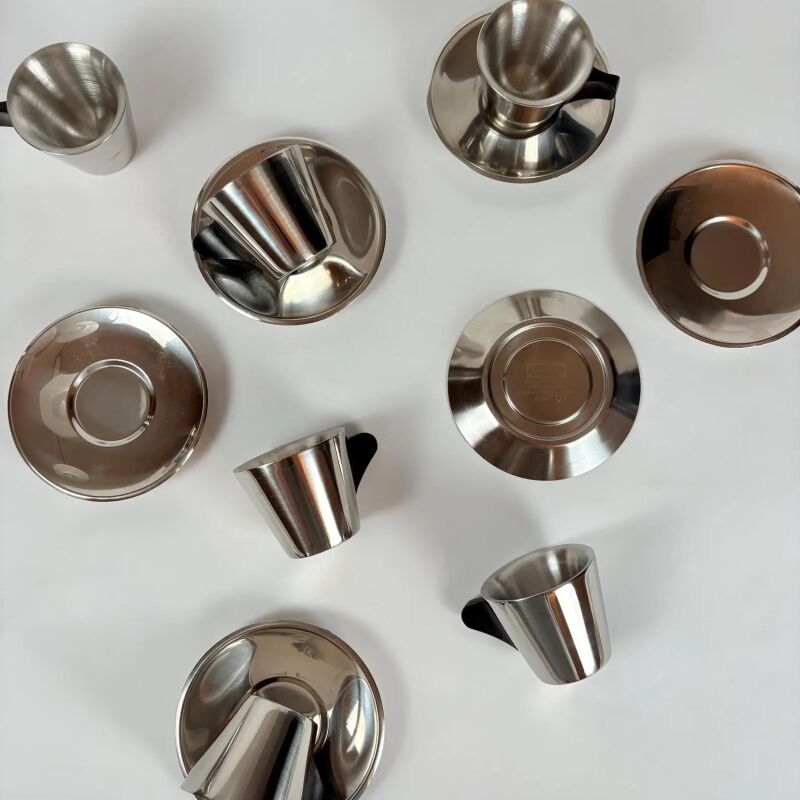
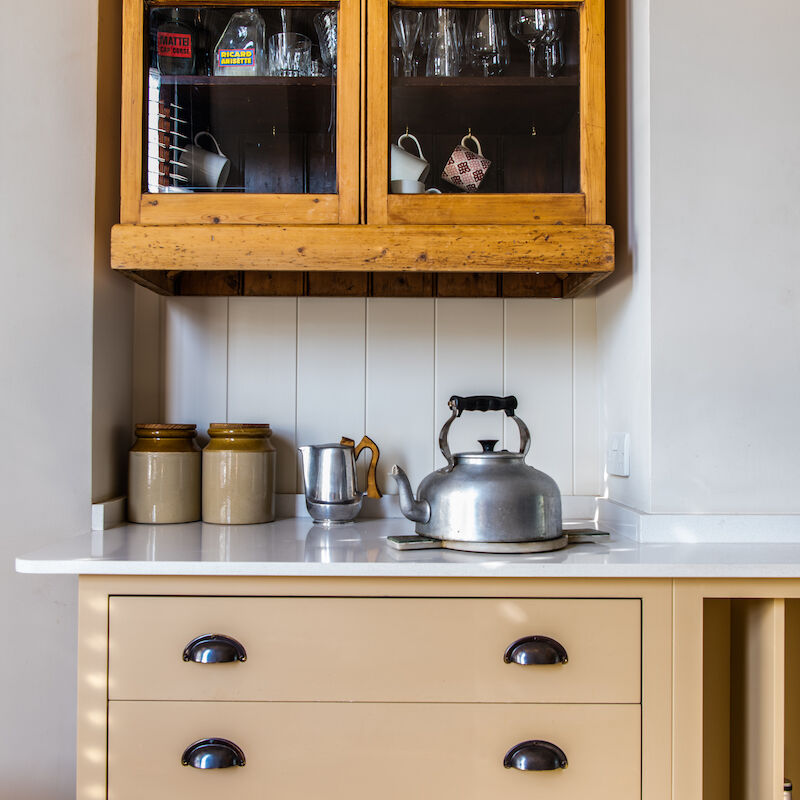
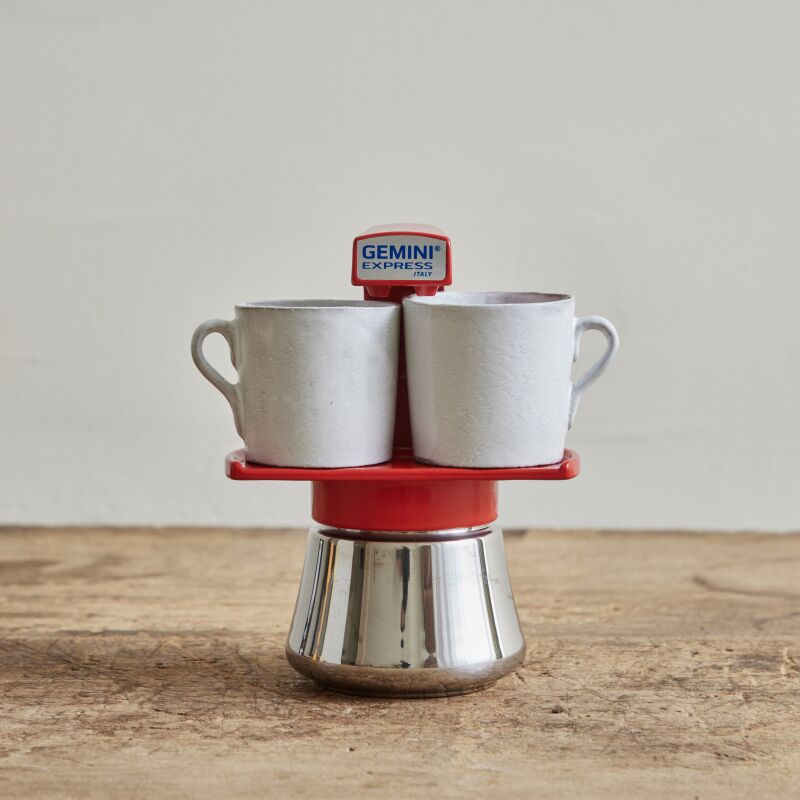

Have a Question or Comment About This Post?
Join the conversation (0)